Associate Professor, Dr. Pham Thi Thanh Nga - Director of the Institute of Hydrometeorology and Climate Change, Ministry of Natural Resources and Environment : Effectively implementing the Law on Water Resources
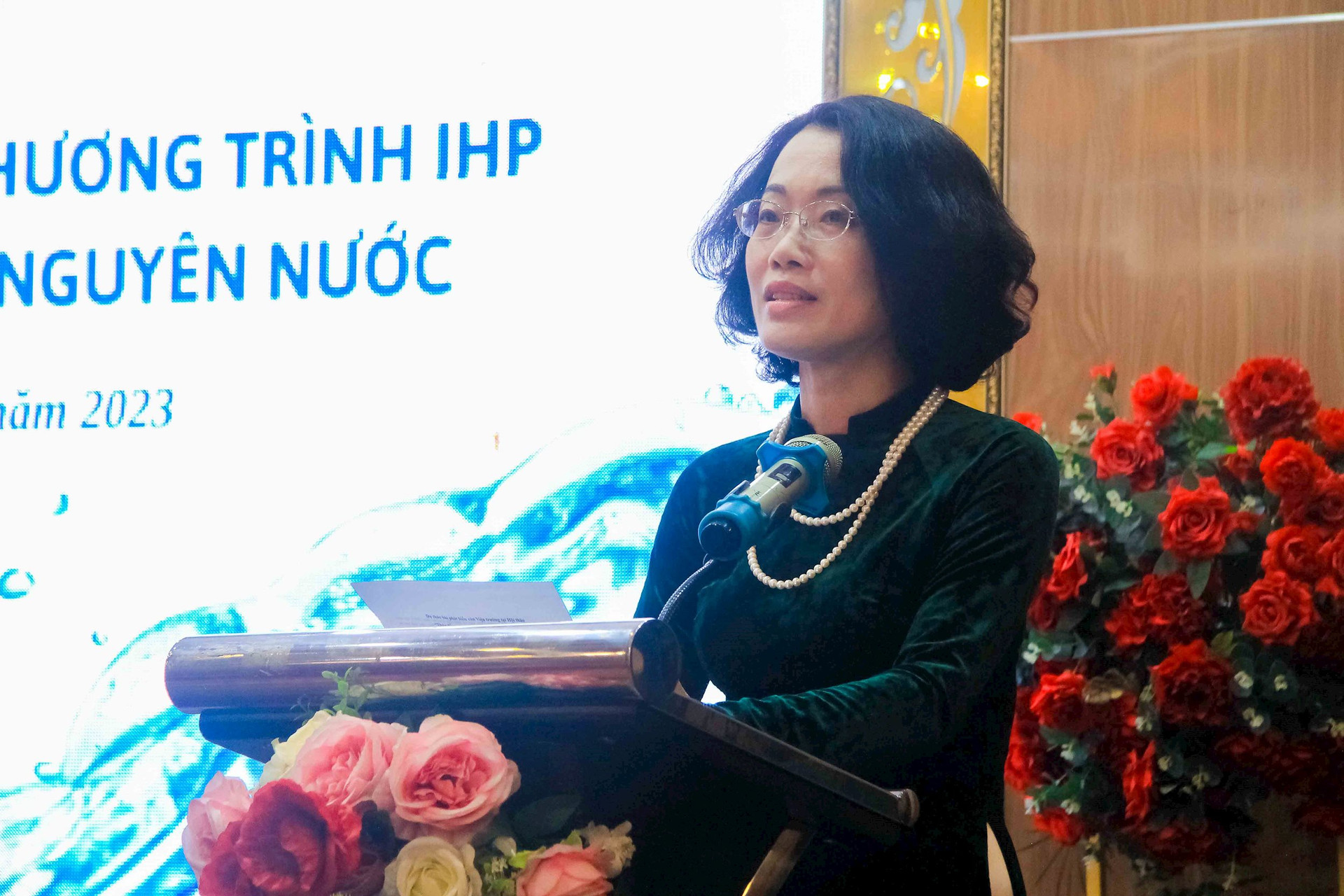
The current situation, not only Vietnam but also all countries are facing is the problem of pollution, degradation and depletion of water resources,... Therefore, in Vietnam, the Law on Water Resources was passed by the National Assembly at the 6th session on November 27, 2023 to ensure national water security, ensure the quantity and quality of water for people's lives in all situations, meet the needs of water use for socio- economic development activities, national defense, security, environment and minimize risks and harms from disasters caused by humans and nature related to water.
In particular, Article 26 of the Law on Water Resources 2023 has added provisions on controlling activities that risk polluting domestic water sources. In addition, plans containing content on exploitation and use of water resources; plans for management of surface water quality; plans, programs, projects for socio-economic development, national defense, security, etc. must be linked to the capacity and function of water sources, protection of water resources, ensuring maintenance of minimum flow, not exceeding the threshold for groundwater exploitation.
In addition, the Law also specifically emphasizes the content of building a digital technology platform to support management agencies in the process of deciding on the regulation and distribution of water resources, operating reservoirs, inter-reservoirs, minimizing the harmful effects of water on river basins including: Inter-national river basins, inter-provincial river basins; intra-provincial river basins, etc. and according to the master plan, inter-provincial river basins will be technical, specialized, and specific in nature.
Because water resources are the main source of supply for social activities and are being greatly affected by climate change, as one of the leading research units on hydrometeorology, environment and climate change in Vietnam, the Institute of Hydrometeorology and Climate Change identifies the main tasks in developing science, protecting, regulating, distributing, exploiting and using water resources, preventing and overcoming the harmful effects caused by water. With the tasks: Basic investigation of water resources, building a national index on water security; monitoring, supervising and forecasting water resources; developing solutions to respond to, prevent and combat drought, water shortage, floods, inundation, saltwater intrusion, subsidence of river banks, river banks, lakes, etc.
At the same time, propose solutions and plans for wastewater treatment, improvement and restoration of degraded, depleted and polluted water sources; solutions for water resource development, protection of aquatic resources; use of circulating water, reuse of water, improvement of water use efficiency in production, business and services for domestic and foreign enterprises, etc.
The Institute of Hydrometeorology and Climate Change is also assigned as the national focal point of the Intergovernmental Hydrological Program (IHP). Scientists and research experts of the Institute need to be the pioneering human resources to share experiences, exchange, convey, and develop research directions in the coming time to ensure the connection of IHP programs through the implementation of the Law on Water Resources, as well as need to have an interdisciplinary approach to contribute opinions on water security issues, as a basis for forecasting water volume, water economy, socialization, etc.
Dr. Tran Thanh Thuy - Institute of Hydrometeorology and Climate Change: Some priority IHP programs that need to be researched in Vietnam
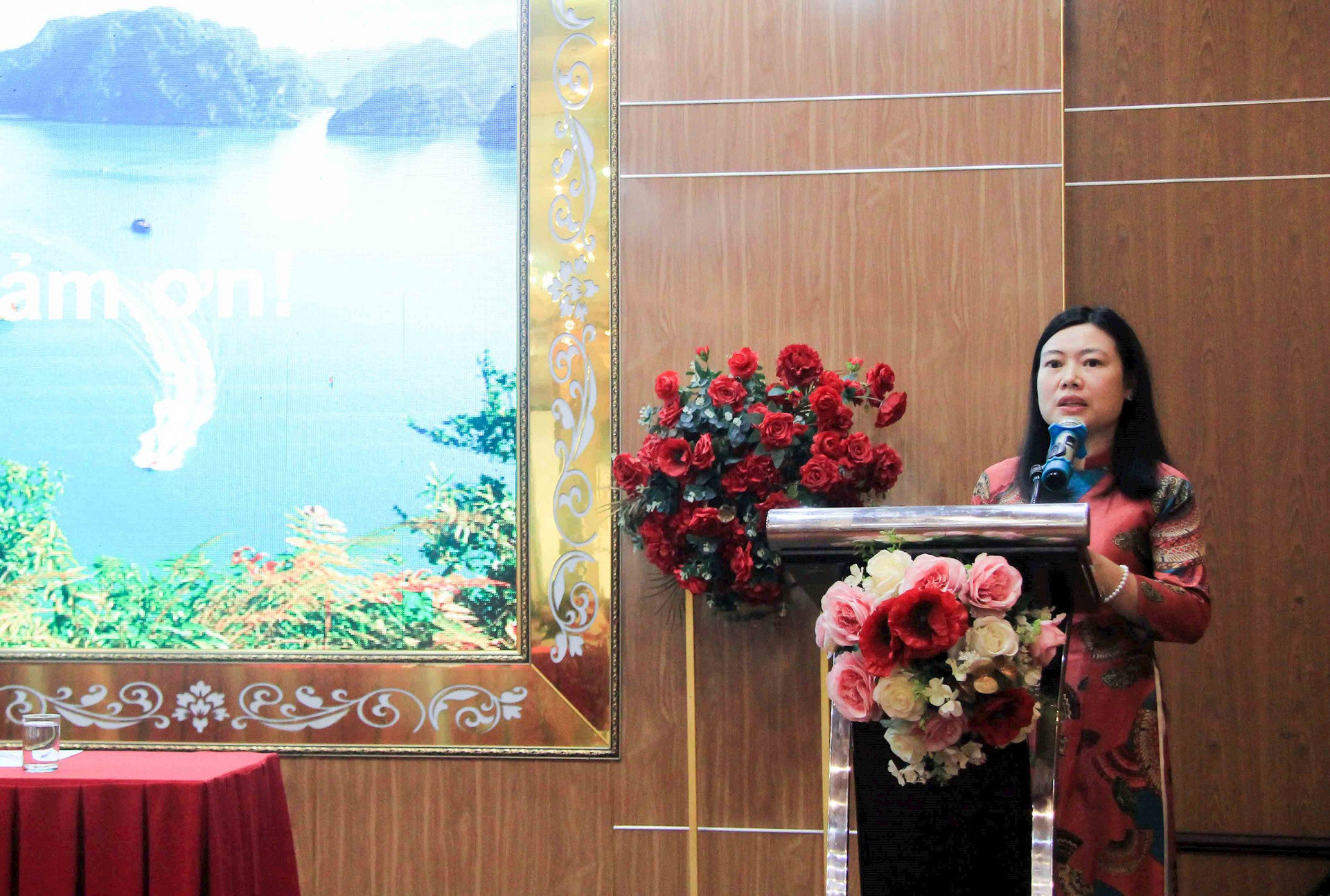
The core of the UNESCO IHP Programme, established in 1975, is a long-term programme implemented in consecutive eight-year periods and focused on addressing water challenges at the national, regional and global levels. It also supports Member States in accelerating the implementation of the water-related sustainable development goals and other agendas through science and education by 2029.
The IHP program has a vision for a world with safe water resources and where people and organizations have the capacity and knowledge to make science-based water management decisions to achieve sustainable development and build societies, through the fields of research, education, data, integrated water resources management and governance.
Accordingly, priority research programs in Vietnam include promoting, developing and applying science-based tools and approaches for sustainable water management, disaster risk management, and addressing water security challenges; strengthening water governance for mitigation, adaptation and resilience; conducting eco-hydrological research, assessing the impact of nature-based solutions and the water cycle.
To strengthen institutional and human capacity in freshwater policy and management as well as the capacity of skilled professionals and technicians in water-related higher education and vocational training, it is necessary to identify policy gaps in sustainable water management and provide appropriate tools to address them. Special attention is paid to Water Resources Governance, as it is a system that controls decision-making and has a core role in influencing the sustainable development of water resources.
In addition, research programs also aim to raise awareness through education systems, promoting a new culture of water for a wide range of water professionals and the scientific community, including youth and decision-makers in different fields of water resources management.
In Asia, the water resources management model of Japan and Korea is considered to be relatively suitable for Vietnam. According to the conventional form of water management, the management entity issues management regulations with a top-down approach; for governance, decisions are issued based on a bottom-up demand-based approach, combining practices from local groups or river basins to issue corresponding, appropriate and applicable institutions for the management of the Red River - Thai Binh River basin, etc.
Associate Professor, Dr. Doan Ha Phong - Institute of Hydrometeorology and Climate Change: The relationship between the proposed water resources planning and related planning
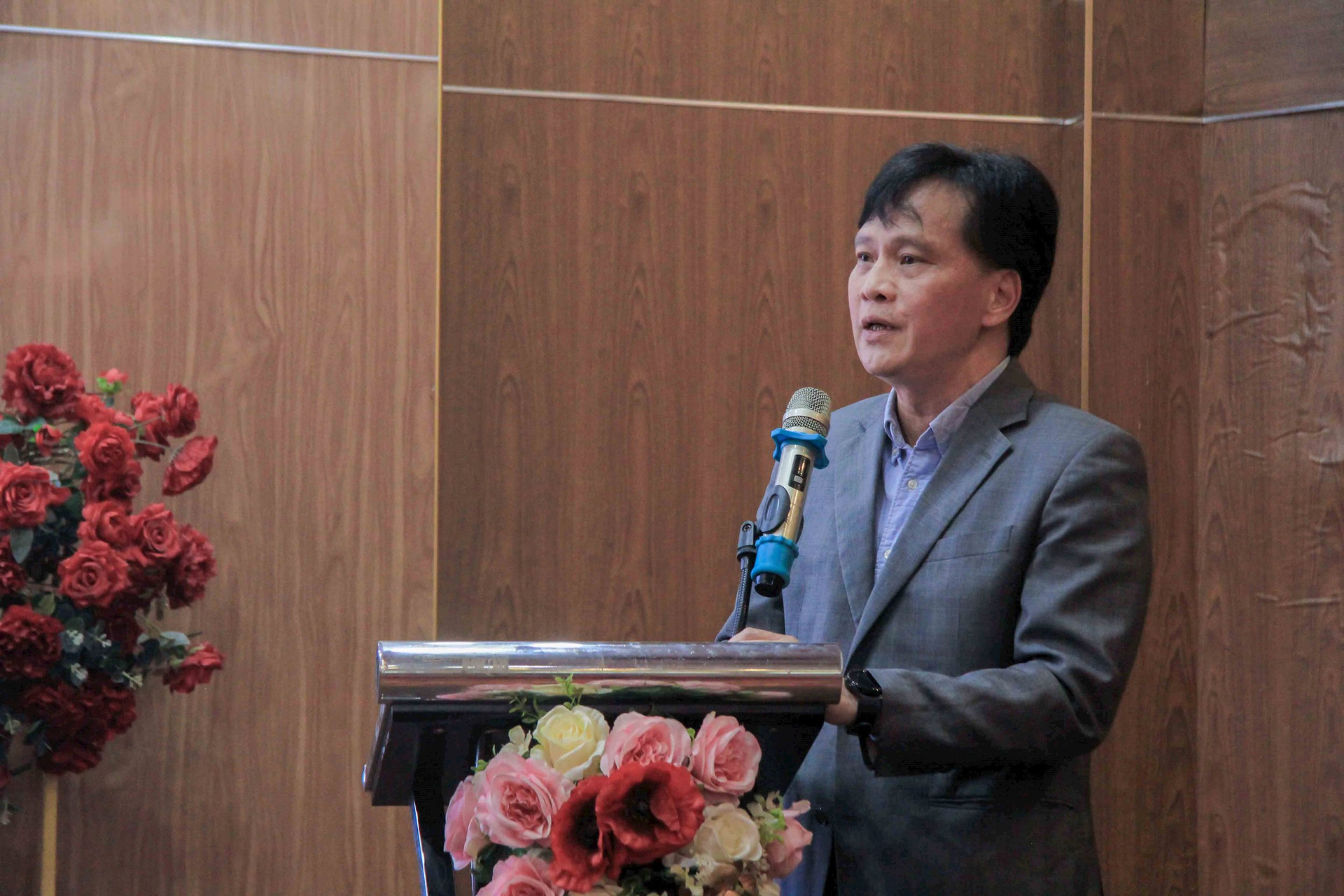
Relationships related to Water Resources planning include National planning and National sector planning, in which National planning includes: National land use planning; National marine spatial planning and National master planning. National sector planning includes planning for natural disaster prevention and control and irrigation; Biodiversity conservation planning; Environmental protection planning; National forestry planning; Planning for protection and exploitation of aquatic resources; National hydrometeorological station network planning.
Regarding the National Land Use Planning, the vision to 2050 sets out the management, use and effective exploitation of water resources, ensuring contribution to socio-economic development, ensuring adaptation to natural disasters and climate change. Regarding the National Marine Spatial Planning task, it is clearly stated that the planning must identify prohibited exploitation areas, conditional exploitation areas, areas encouraged for development, areas requiring special protection for national defense, security, environmental protection, etc. to ensure compliance with the Water Resources Planning for the period 2021 - 2030, vision 2050 in complying with the principles of effective exploitation and use of water resources distributed in Vietnam.
Above all, with the overall target bases, the Biodiversity Conservation Plan sets out the goal of protecting aquatic ecosystems: Reducing the rate of decline of aquatic species, controlling the rate of biodiversity decline, creating conditions for the recovery of some rare aquatic species.
In order to determine the objectives of water resources management, the Water Resources Planning has clearly pointed out the viewpoints on management, exploitation, use, protection and development of water resources such as prevention, control and overcoming of consequences of damage caused by water that need to be implemented synchronously and uniformly according to the river and river basin sectors, aiming at sustainability and ensuring food security as well as harmonizing interests, creating motivation to encourage relevant parties to actively participate in responding to climate change, effectively using water resources, and presenting viewpoints consistent with the National Master Plan.
In addition, the Water Resources Planning also sets out the goal of increasing the coverage rate of upstream forests, developing coastal protection forests, and restoring degraded upstream forests.
Based on the general objectives of each Plan, the Water Resources Plan for the period 2021 - 2030, with a vision to 2050 related to the National Hydrometeorological Station Network Plan, it is necessary to establish and complete a water quality monitoring network and a water quality database system in 15 major river basins; Research and create maps of flood and drought risks, delineate areas at risk of bank erosion; coordinate with localities to develop a water resource protection plan.
In addition, the water resources database system from the central to local levels must be built synchronously with the national information system, facilitating access to transparent information in the development and planning of water resources management policies for river basins nationwide, adapting to climate change and rising sea levels, etc.
Source


![[Photo] Prime Minister Pham Minh Chinh chairs the first meeting of the Central Steering Committee on housing policy and real estate market](https://vphoto.vietnam.vn/thumb/1200x675/vietnam/resource/IMAGE/2025/9/22/c0f42b88c6284975b4bcfcf5b17656e7)

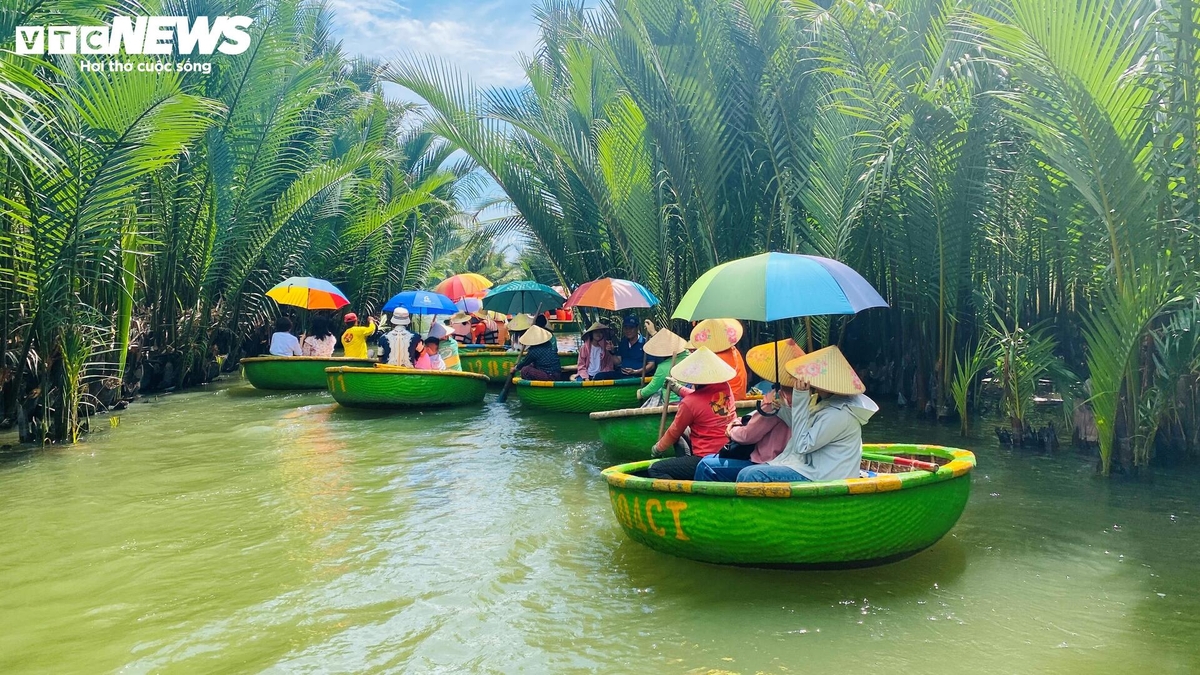



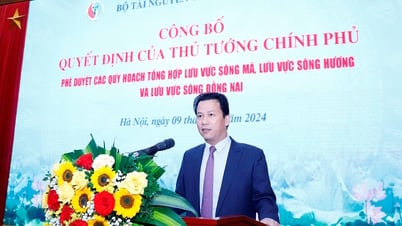
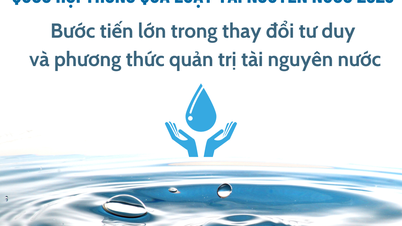

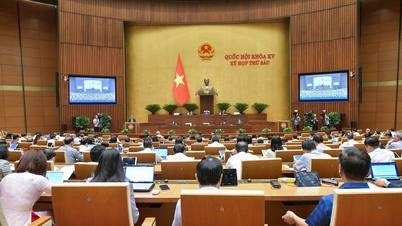
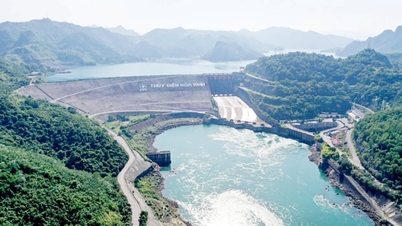
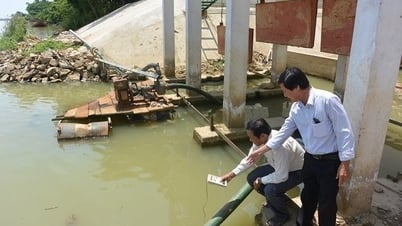
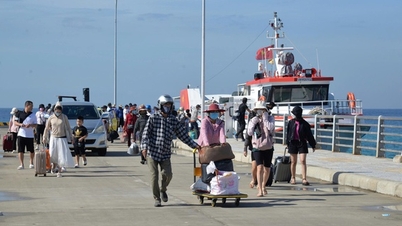







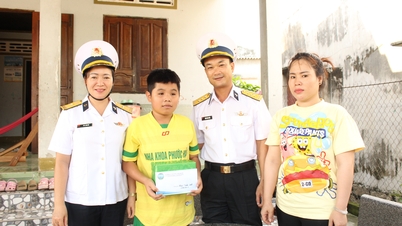




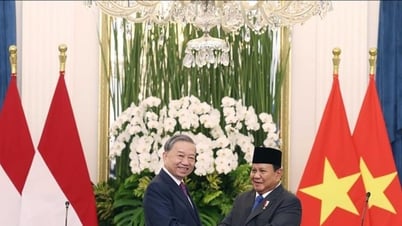
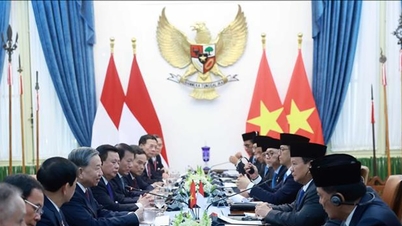

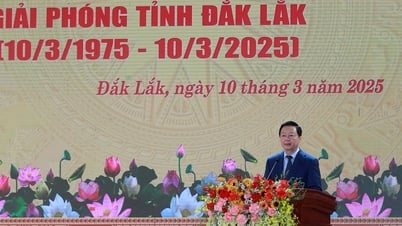
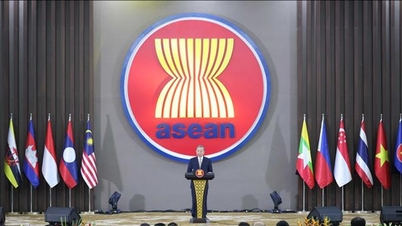


![[Photo] General Secretary To Lam presents the First Class Labor Medal to the Vietnam National Energy and Industry Group](https://vphoto.vietnam.vn/thumb/1200x675/vietnam/resource/IMAGE/2025/9/21/0ad2d50e1c274a55a3736500c5f262e5)
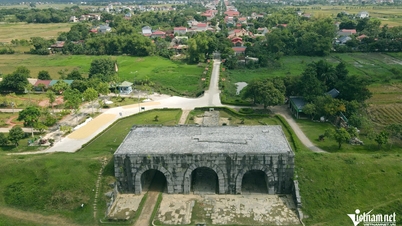





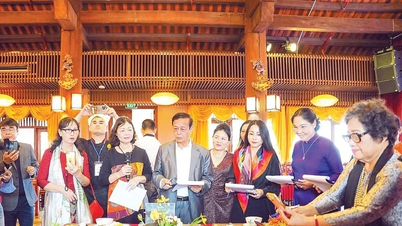



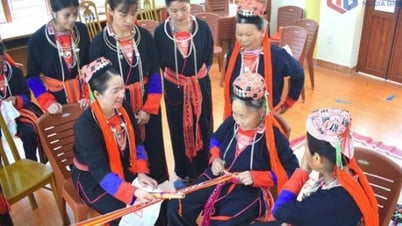




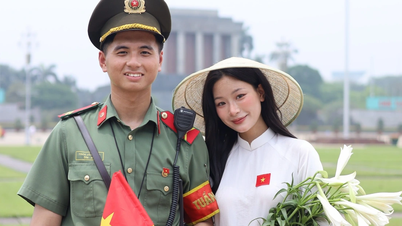

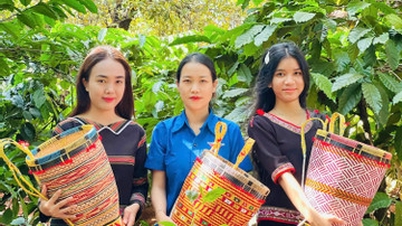
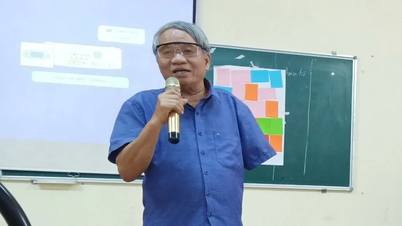










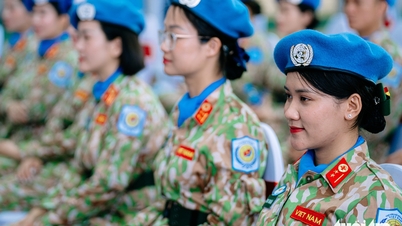








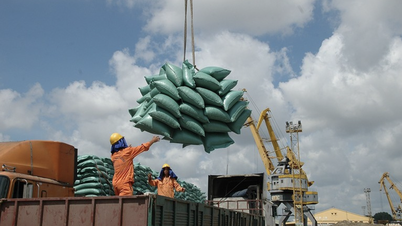














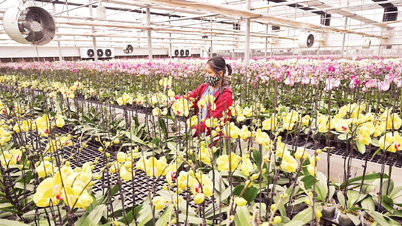









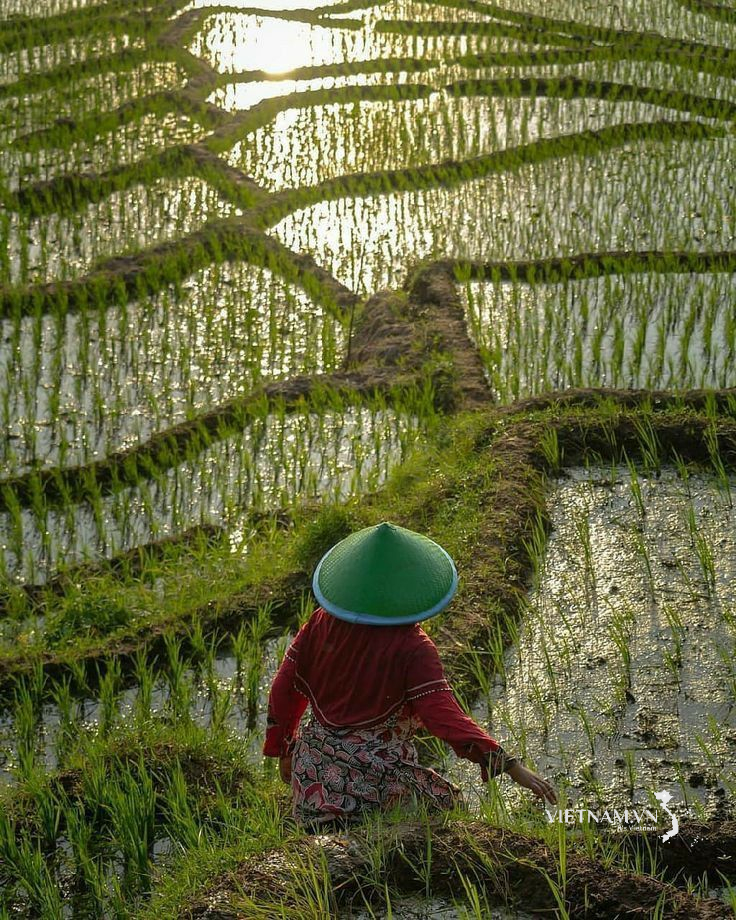

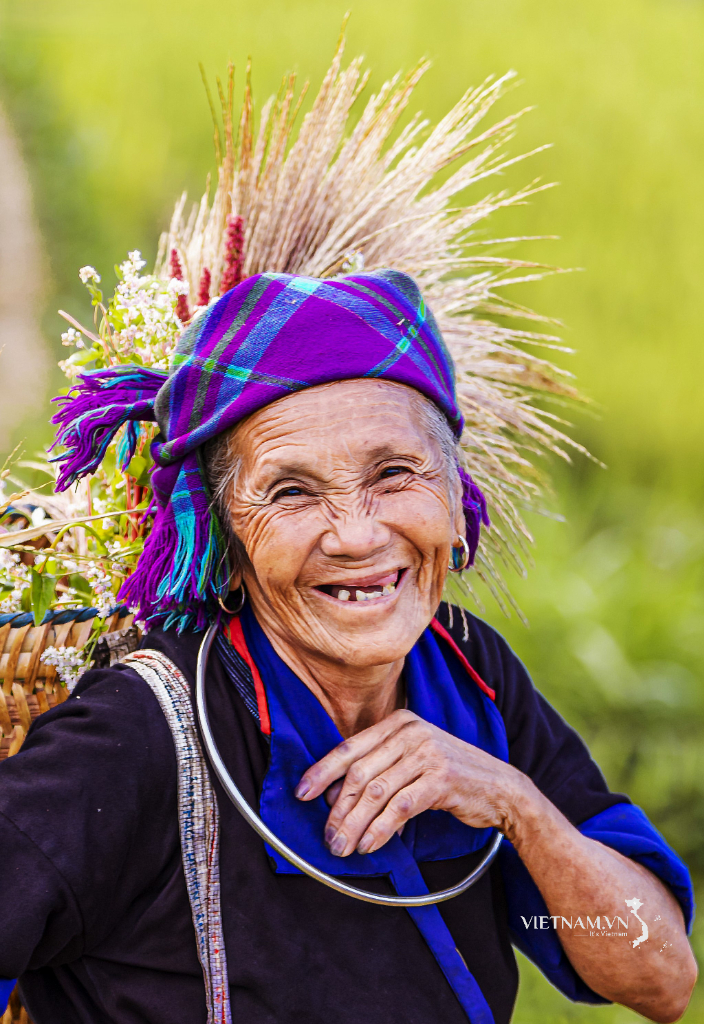
Comment (0)